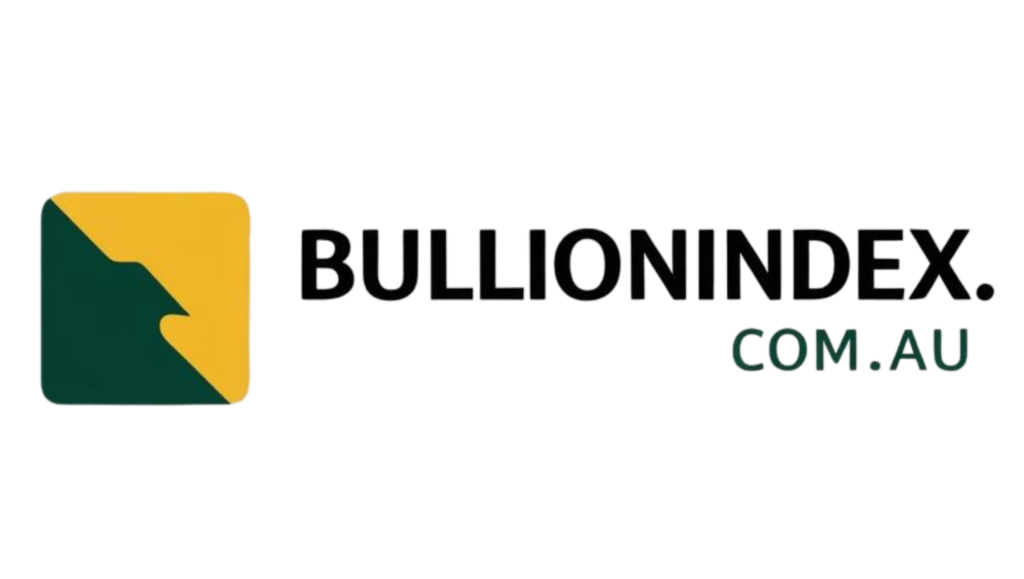The United States is contemplating imposing a 25% tariff on copper imports, a move that has sent ripples through the market, leading to increased volatility in Comex copper prices. This potential tariff announcement has triggered a surge in global copper inventory levels, particularly in Comex stocks, as traders seek to capitalize on arbitrage opportunities and brace for the impact of the proposed tariff. Meanwhile, inventories on the London Metal Exchange (LME) and Shanghai Futures Exchange (SHFE) present varying trends, reflecting the uncertainty surrounding the future of copper trade.
Economic uncertainties, such as recession concerns in the U.S. and deflation in China, are compounding the risks in the copper market. Despite ongoing demand from sectors like renewables and technology, the market is facing headwinds due to these macroeconomic factors. The Copper Monthly Metals Index (MMI) has maintained a sideways trend with an upward bias, indicating the market’s cautious optimism amidst the tariff speculation.
President Trump’s mention of a potential 25% copper tariff in a congressional address has further fueled bullish sentiment in Comex copper prices. The market had already factored in the likelihood of a duty following the initiation of an investigation into copper imports by the White House. The U.S.’s growing reliance on copper imports, which currently constitute about 45% of domestic consumption, underscores the potential impact of such a tariff on the domestic copper market.
The widening gap between LME and Comex prices, driven by the tariff threats, has led to a significant influx of copper into the U.S., resulting in a six-year high in Comex inventories. Despite declining LME stocks, the overall market remains well-supplied, with SHFE stocks undergoing a rebuilding phase. The global copper market is witnessing increased stock levels across major exchanges, reminiscent of levels last seen in 2018.
Amidst these developments, concerns about a U.S. recession and deflation in China are casting a shadow over the copper market. The U.S. economy is experiencing a transitional phase, while China grapples with deflationary pressures. Despite China’s investments in renewables and technology, uncertainties surrounding trade barriers and property sector issues pose significant demand risks for copper.
In conclusion, the proposed 25% tariff on copper imports by the U.S. has injected volatility into the market, prompting traders to closely monitor inventory levels and price differentials between exchanges. The interplay of economic uncertainties and trade dynamics will likely shape the trajectory of the copper market in the coming months.

Leave a Reply
You must be logged in to post a comment.